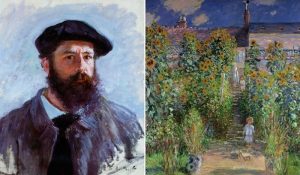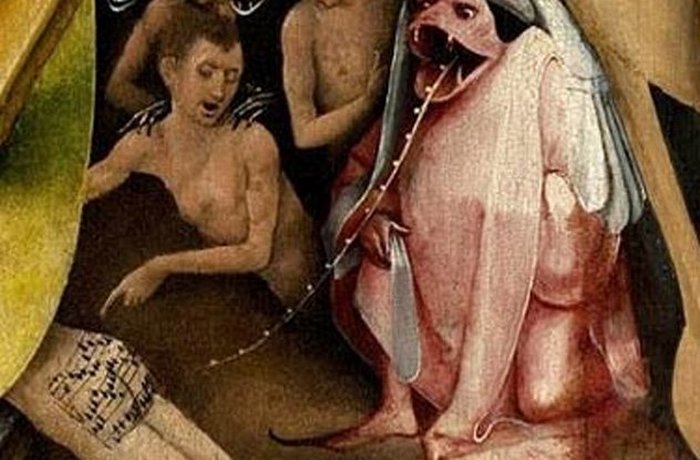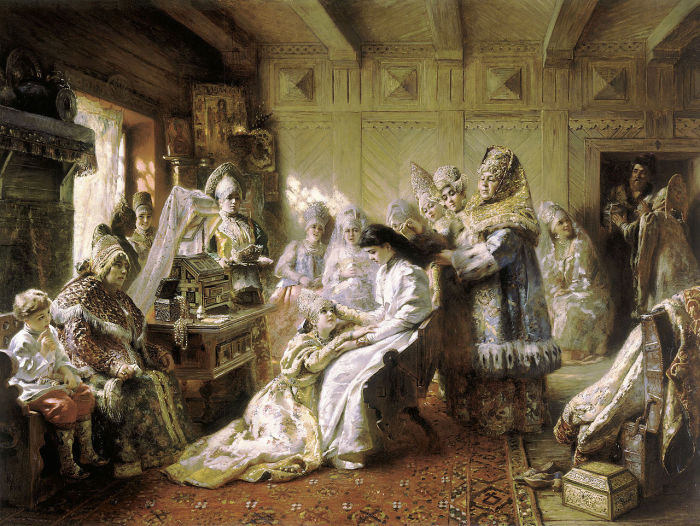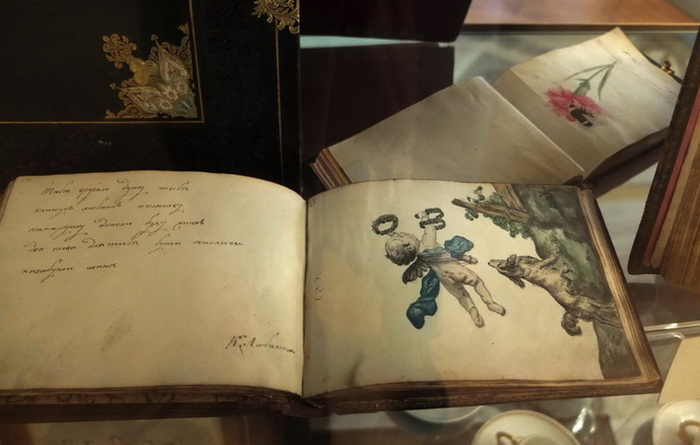Incorrigible stubborn: brilliant impressionist with a heavy character
 Claude Monet is known as one of the founders of impressionism. The artist could magically convey on canvas the impressions of what he saw. Considering his paintings, full of appeasement, it is difficult to imagine that the master who wrote them had a terrible character. Claude Monet was known as an incredible stubborn, ready to take extreme measures, if only to insist on his own.
Claude Monet is known as one of the founders of impressionism. The artist could magically convey on canvas the impressions of what he saw. Considering his paintings, full of appeasement, it is difficult to imagine that the master who wrote them had a terrible character. Claude Monet was known as an incredible stubborn, ready to take extreme measures, if only to insist on his own.
1. Monet did not want to sell paintings to everyone
The 1860s and 70s were financially difficult for the artist. He barely made ends meet. When the debts grew to incredible sizes, the creditors, not knowing what to remove from the poor artist, demanded his paintings. Monet decided to take a radical step, but did not concede – he simply burned his paintings.
This was not the only case when an artist sacrificed revenue, but not his property. Once a visitor looked into his workshop and asked the price of one of the paintings. The master replied that the painting was worth 50 francs. The visitor was indignant that he would not give money for such a daub, and left.
When in the 1880s, Claude Monet’s popularity began to grow, and the cost of his paintings increased rapidly, the visitor returned and offered 500, and then 1000 francs for the canvas. The artist was unshakable. He replied that he would not sell him a picture even for 50,000 francs.
2. To complete the picture, Monet resorted to drastic measures
In the spring of 1889, the artist had the opportunity to live with his friend Morissa Rollina in the Croesus Valley. Near the house grew an old oak. Claude Monet began his depiction at the end of February, but then postponed this lesson. The artist decided to finish what he started only in May. When Monet approached the oak, he was seized by a storm of indignation, because the tree “dared” to be covered with green foliage.
The artist ran back and forth, gesturing frantically and cursing, but then an idea crossed his mind: to rip off all the leaves! The painter began a vigorous activity: he found the owner of the land, paid him and received permission for this “strange” venture. After several days of hard work, the oak tree lost its greenery. Monet was jubilant.
3. Monet hated overcast weather
Claude Monet hated cloudy weather. If, waking up in the morning, he saw a gray sky outside the window, then the mood was spoiled not only by him, but also by those around him. The fact is that the artist could not write in the open air, that is, in the open air. On cloudy days there were no lighting effects he needed. Therefore, Monet grumbled, sharply answered questions from family and retired to the workshop. And even then – the artist could lie down all day in bed and not accept guests who were without an invitation.
4. Monet often argued with friends
Claude Monet had a close friendship with Auguste Rodin, but this, however, did not stop them from endlessly arranging comic skirmishes, which, at times, turned into real quarrels.
Once Monet invited Rodin to visit. When they were called to the dining table, they dressed for a long time, who needed to go through the door first. The owner of the house made fun of the guest in every way, and even the guest did not remain in debt.
But the stubborn nature of both sometimes led to serious quarrels. Once friends decided to make a joint exhibition. The sculptor was late and only at the last moment arranged his work at random. The impressionist was terrified. He shouted at Rodin for literally covering his paintings with statues. He retorted that he wanted to spit on Monet’s work. As a result, both stubborn men left the exhibition. However, for a long time friends could not be angry with each other.
Claude Monet has come a long way from a poor cartoonist to a recognized artist. These 7 facts from the life of the great impressionist will make him look at it from the other side.




